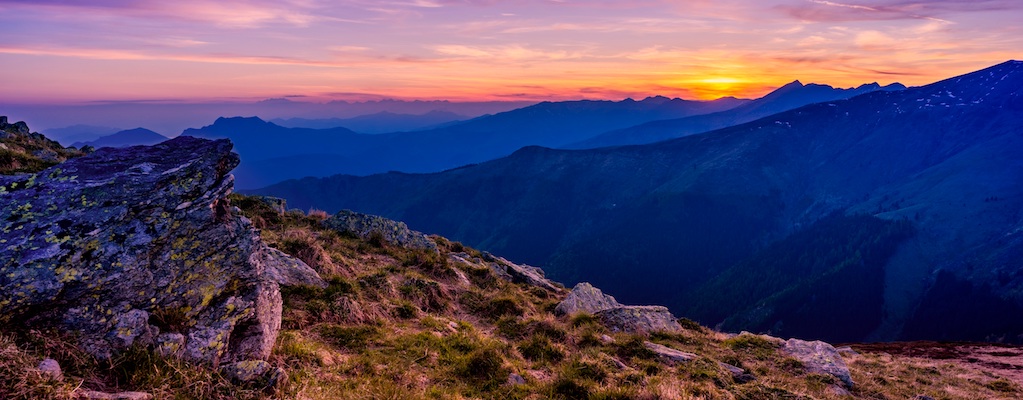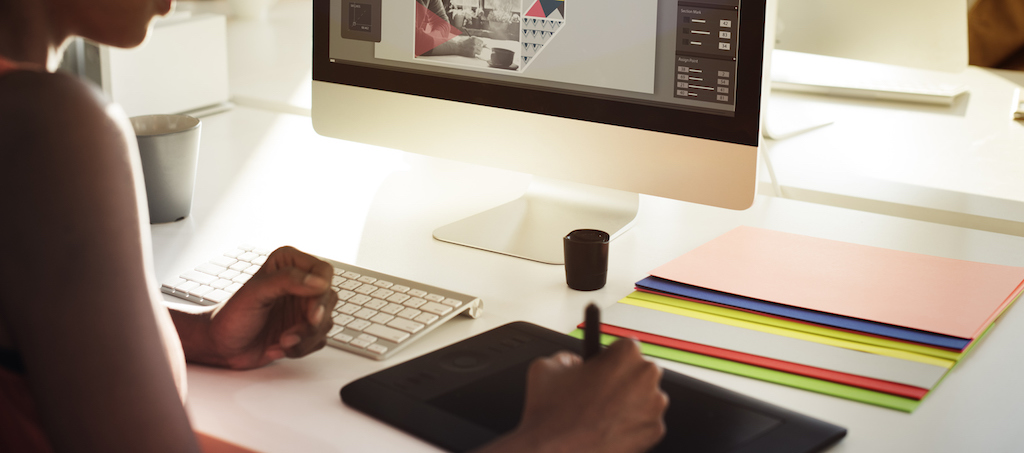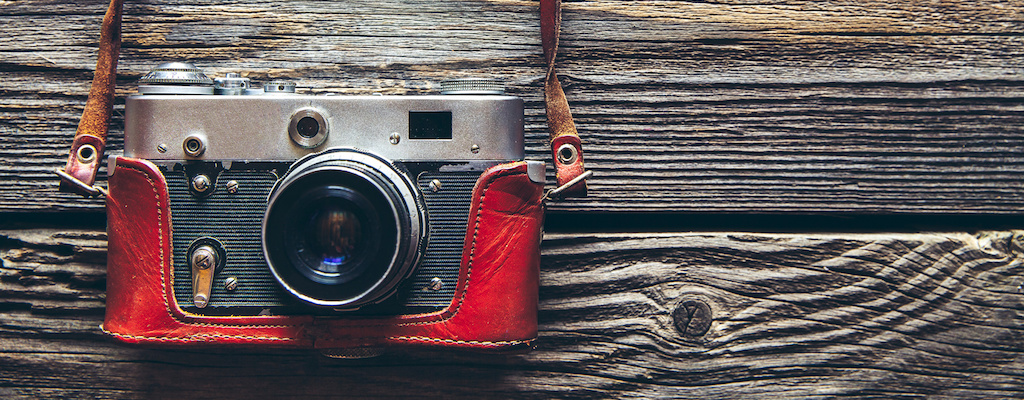We’ve all got those friends who dabble in photography – the ones whose services are often called upon for taking the big group shots, or for capturing extra photos at weddings, christenings, and bar mitzvahs.
Amateur photographers can be incredibly talented, and after all, you’ve got to be an amateur before you can be a professional, right? Lots of people end up hiring amateurs for everything from family portraits, to newborn photo sessions.
While there’s nothing wrong with asking a photography-savvy friend to do a family portrait session, professionals can offer certain things that amateurs just may not be able to.
Here are a few reasons why hiring a professional photographer for your family photo shoot might be the right choice.
You know you’ll get what you want
When you’re paying a professional photographer, they’re working for you – you don’t have to worry about taking up too much of their time, requesting changes of location or style, or wanting to experiment with lots of different compositions or poses.
With a friend, you can easily start to feel that you’re being too demanding, or making the shoot inconvenient for them. That can be true even if your friend is more than willing to offer their time and services.
Now, of course one must always be kind and respectful of a photographer’s time, whether that photographer is a pro or not. However, since hiring a photographer often includes a set number of hours, it’s generally easier to set limits.
A pro will use more sophisticated camera equipment, letting them capture a wider variety of shots
Unless your amateur friend is also a collector of expensive, advanced camera equipment, it’s almost certain that a pro will have better photographic equipment.
It may not seem like it, but light meters, remote flashes, lighting umbrellas, and special lenses can make a world of difference when it comes to portraits. Lenses, in particular, can allow your photographer to capture different formats, like wide-angle and panorama shots. These can add an element of uniqueness to your portrait session.
Not only can a pro take better shots, they can edit them more effectively, too
Your photographer’s work doesn’t end once your session is complete and you and your family have headed back home.
On the contrary, now your photographer must go through the challenging work of culling through the hundreds of images he or she took to find the best ones.
Then those images have to go through an editing process – and if you’ve ever worked in a photo editing program before, you know how time-consuming editing photographs can be.
Professionals are great at directing their subjects, including children
Perhaps one of the most overlooked reasons that hiring a professional photographer can be a smart move for your family photo shoot is that pros know how to direct people.
Think about the last time you tried to get your entire family to sit still together, while dressed nicely and looking happy. It’s not that easy. Pros, on the other hand, are used to getting everyone’s attention, telling them what to do next, and keeping the session moving along. They’re also good at helping everyone get comfortable in front of the camera.
If you’ve got very young children or babies, you may want to consider searching for a photographer who specializes in working with kids.
As any parent knows all too well, getting a child to smile or laugh, especially in front of a camera isn’t always easy. A great child photographer will know how to draw your child out and get the best possible images.
When thinking about doing a family portrait session, it can really pay off to hire a professional, rather than rely on a friend or family member. It may cost more up front, but what you get in return will be more than worth it.
Once you’ve got your portraits, naturally you’ll want to display them. Get some ideas on how by reading our post “6 Fun Ways to Integrate Family Photos into Your Home Decor.”

Bea is Nixplay’s Social Media Manager. She enjoys drinking coffee, reading about wars, and writing stories. Send her a message at beatrice.bisais@nixplay.com.






